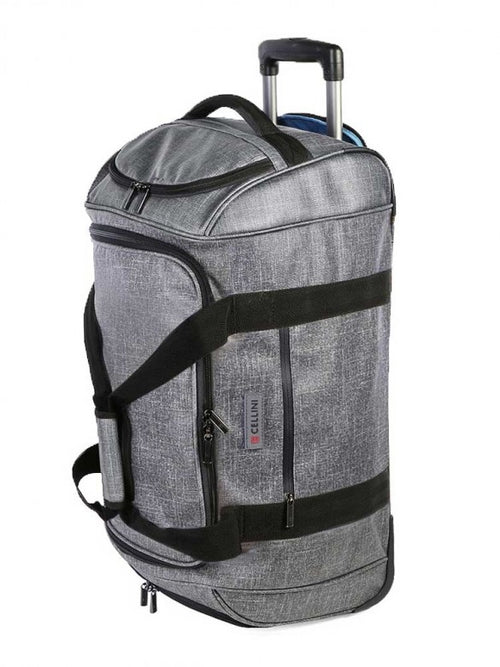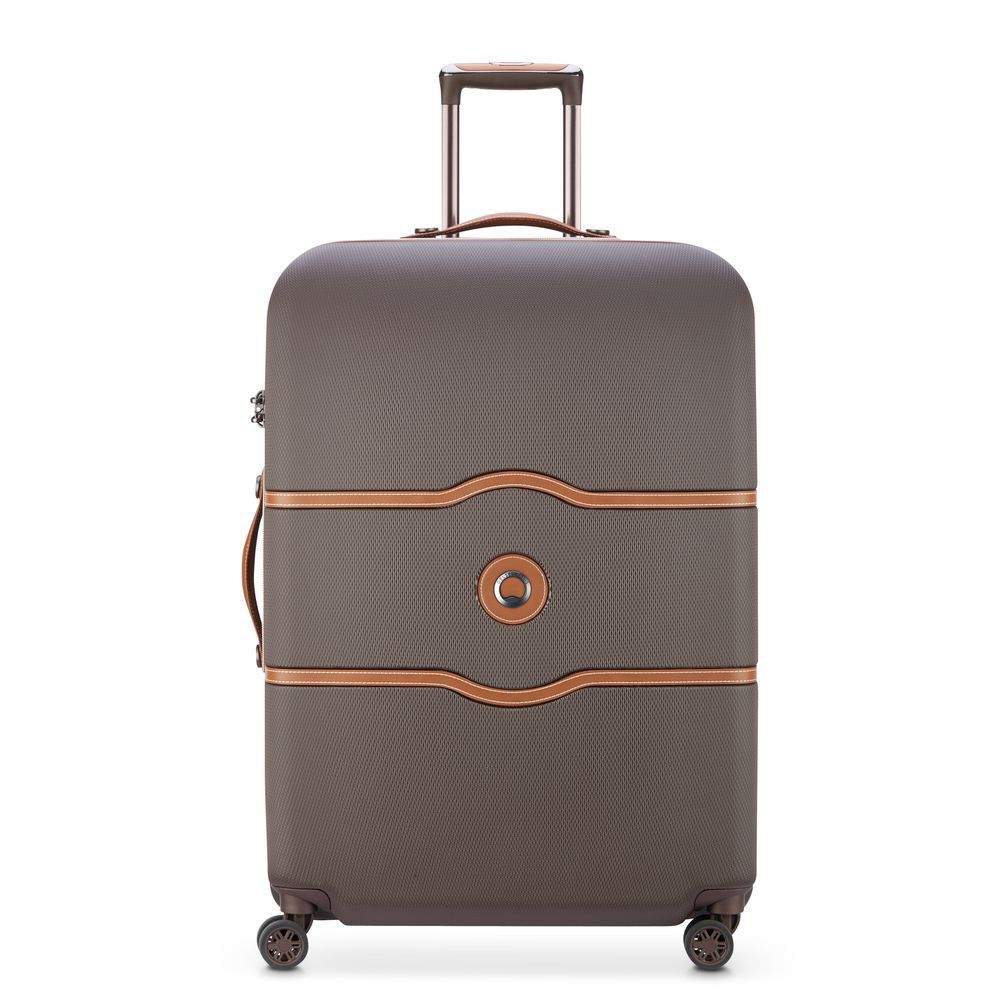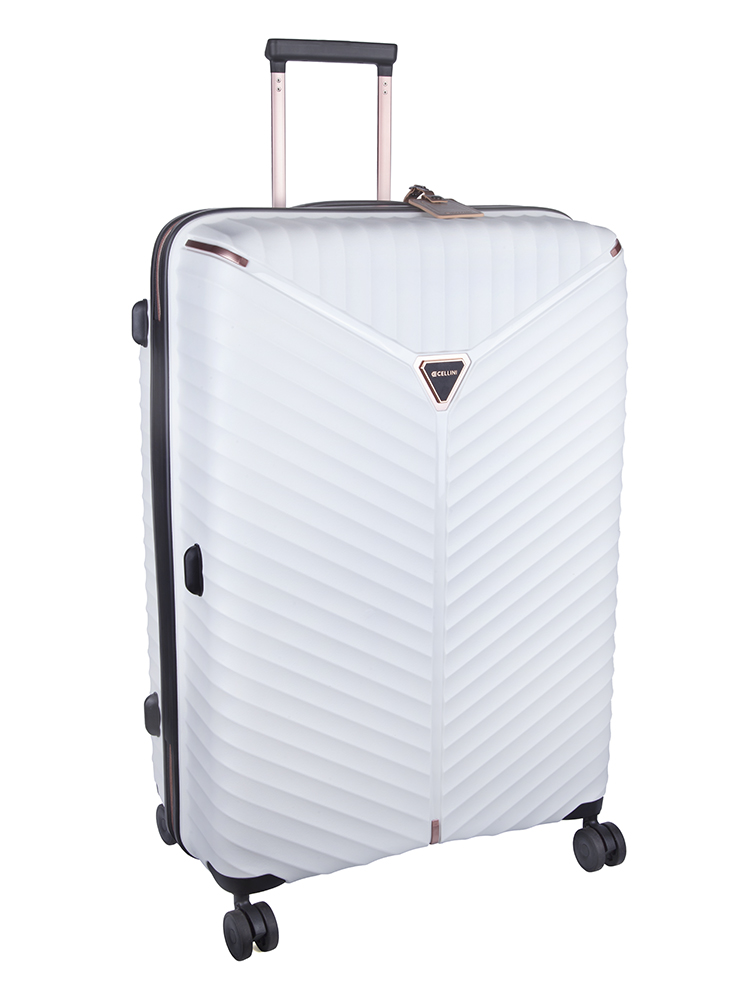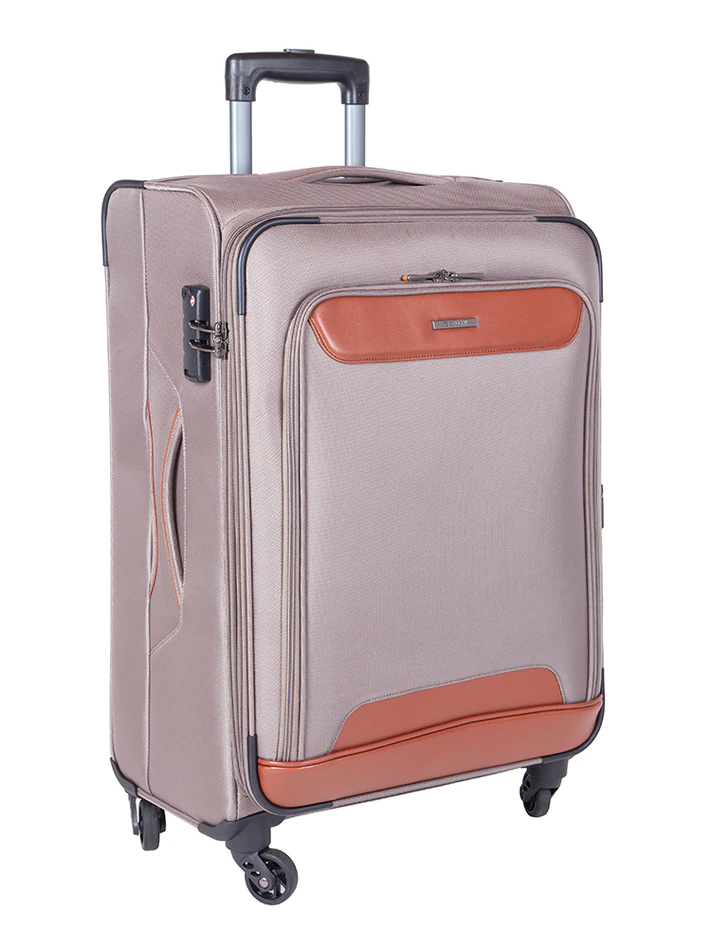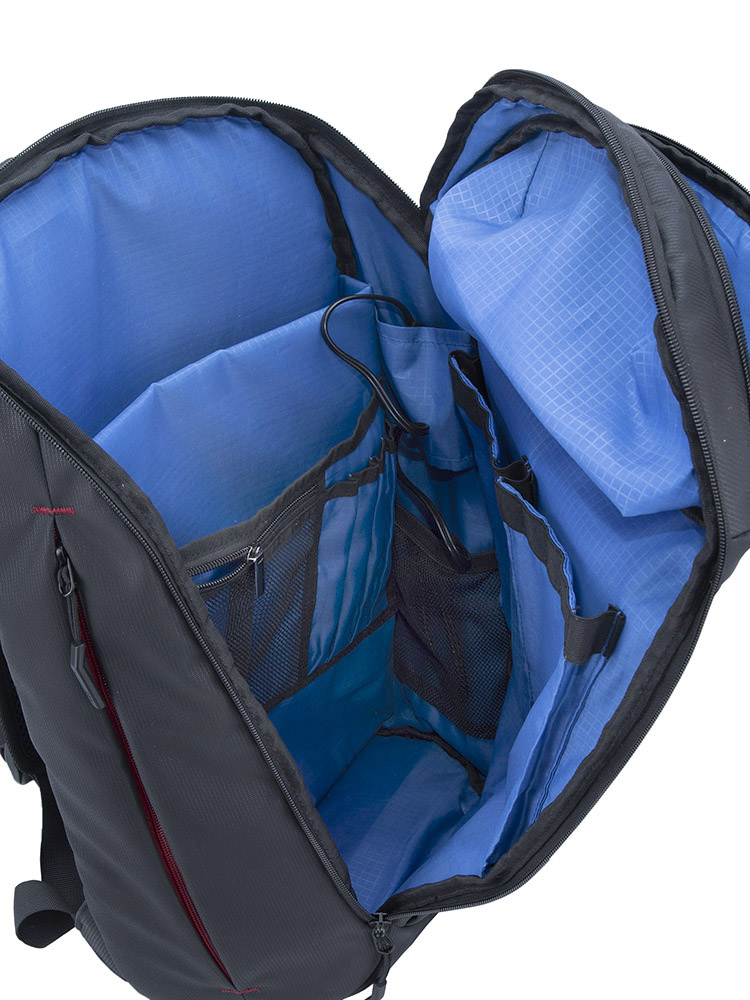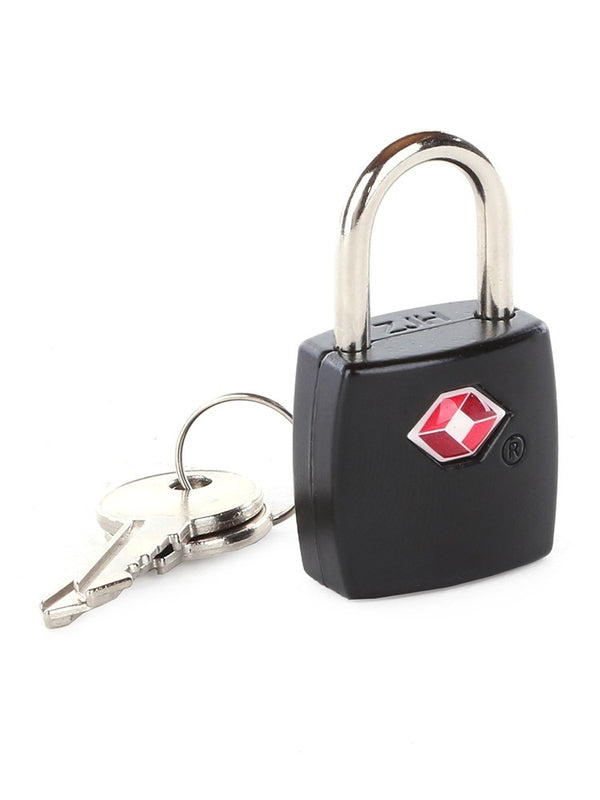
Travelling may be a lot easier with the best luggage for your specific requirements. Of course, no two travellers will have the same specific luggage requirements. The best luggage is ultimately dependent on your particular preferences, frequency of travel, and spending capacity. There are several suggestions worth keeping in mind if you’re trying to search for new luggage that will make your next excursion better.
Table of Contents
ToggleTHINK ABOUT YOUR OPTIONS
When you first start looking for the best luggage, it’s easy to become overwhelmed by all of the possibilities. There are several varieties of luggage available, ranging from duffel bags and backpacks to standard suitcases and everything in between.
In general, backpacks are the ideal solution for shorter excursions where you don’t need to pack much. They can’t fit as much because of their smaller size, but they work excellently as a carry-on. If you frequently take shorter excursions, such as day vacations or weekend getaways, having a nice backpack as part of your luggage set is a terrific way to avoid checking any bags and get to your destination faster. However, because of their reduced size, some people who travel frequently or on longer excursions choose to forego backpacks.
A standard suitcase is generally the best option if you require additional storage capacity (though a backpack could still be nice to have as a carry-on piece). A suitcase will also have extra pockets for storing various goods separately and may have attachments such as luggage wheels and telescopic handles to facilitate travelling through airports easier.
With a backpack or duffel bag, you’ll have to either carry your items or put them on your back, which may be exhausting if you’re travelling through a huge airport.
Remember to factor in the size of your luggage as well. Of course, a smaller bag will be easier to transport, but will it have enough capacity for all of your trip essentials? Will it be the best luggage for your specific requirements? Again, considering the average length of your trips as well as the sorts of stuff you generally carry will help you choose which size suitcase is appropriate for you.
If you’re looking for carry-on luggage, keep in mind that each airline has different regulations for carry-on size measurements. The most typical size is roughly 22′′ x 14′′ x 9′′, so look for bags that are this size or less. Otherwise, you’ll be obliged to check your luggage and pay any associated fees.
When purchasing your best luggage, keep in mind how easy it will be to manoeuvre through tight areas. This is where a bag with free-spinning wheels and a telescopic handle comes in handy.
When considering size, you should also consider where you will store your suitcases at home when it is not in use. When buying a luggage set, many of the parts are intended to nestle within the main back compartment when not in use, which can conserve space. This is more of an issue if you have a little amount of storage or closet space in your house.
Soft or Hard Materials?
The material you pick is also significant; normally, soft-sided luggage is less costly (and lighter), but it is also far less durable. Carry-ons are best served by soft-sided luggage.
Unfortunately, airline employees do not always treat checked baggage with care, so if you check a soft-sided bag, it may be ripped, soiled, or otherwise damaged. Soft-sided luggage, on the other hand, can be useful as a carry-on since the softer texture makes it simpler to put your bag into an overhead bin without too much difficulty.
Depending on the size of your carry-on, you may be able to put it beneath the seat in front of you. It’s a good idea to use hard-sided material for checked suitcases for enhanced durability. These tougher materials are also easier to clean.
Nowadays, the best luggage is made with the traveller in mind, and you may discover a variety of interesting features and components if you browse around. Some luggage companies, for example, provide waterproof bags that are ideal for storing products that you don’t want to risk leaking over your clothes. These sections are also ideal for keeping wet bathing suits after a trip to the beach or swimming pool.
Some luggage now has a built-in battery pack that can be used to charge your electronics whilst travelling. This is ideal for individuals who are tired of searching for an electrical outlet at the airport to charge their phones, tablets, or other gadgets. Simply charge your battery pack before you go, and you’ll be able to keep your gadgets charged no matter where your travels take you.
However, before purchasing smart luggage, make sure you are familiar with the rules for travelling with gadgets.
How aggravating is it to be waiting for your suitcase at the baggage claim carousel only to see someone else take it or be unable to distinguish your suitcase from someone else’s? This is a typical issue, particularly with “plain” luggage designs.
If you travel frequently and check your baggage, you’ll want to find a technique to make your suitcase stand out so there’s no confusion about whose luggage is coming off the conveyor belt.
When searching for your best luggage, it’s normally preferable to avoid popular colours and patterns. While it may be easy to locate a basic black bag, consider all of the other passengers on your flight who are most likely carrying a similar plain black bag.
Even if you have a luggage tag on your bag, it might be mistaken for someone else’s; after all, not all travellers check tags before grabbing a bag from the baggage belt. You may ensure that your suitcase will stand out by selecting a luggage design that is a bit more unusual.
This is also an excellent opportunity to showcase your personal sense of style when travelling. Consider a playful leopard pattern or a bold colour.
However, if you want to adhere to a more neutral look, there are certain methods to make your bag stand out. You may, for example, tie a colourful ribbon over your suitcase handle or use bright and unusual luggage tags.
When looking for the best luggage, security and safety should not be disregarded. This is especially important if you are travelling with valuables such as electronics.
In general, the easiest approach to keep your valuables safe when travelling is to have them with you at all times in a carry-on. This, of course, is not always practicable. If you must check a bag containing valuables, be sure it has excellent security features.
To begin, purchase a suitcase with either an internal or exterior locking system. Keep in mind that if the TSA decides to inspect your bag through airport screening, they will have to remove the locks. Having additional locks on hand that you can re-attach as needed comes in handy. Cable ties may also be used to further fasten your luggage while also making your suitcase stand out on the baggage belt.
No matter how many security features your luggage has, it’s always vital to take some fundamental precautions when travelling.
To begin, always obtain travel insurance and ensure that you have coverage for stolen or lost baggage. Then, label your valuables with your contact information (your name and cell phone number or email address would work) so that you may be reached if any of your possessions are found elsewhere.
When you get to the airport and collect your luggage, look through your bags quickly to verify nothing is missing. If something is missing, you may start the process of making a claim with your travel insurance carrier right away.


